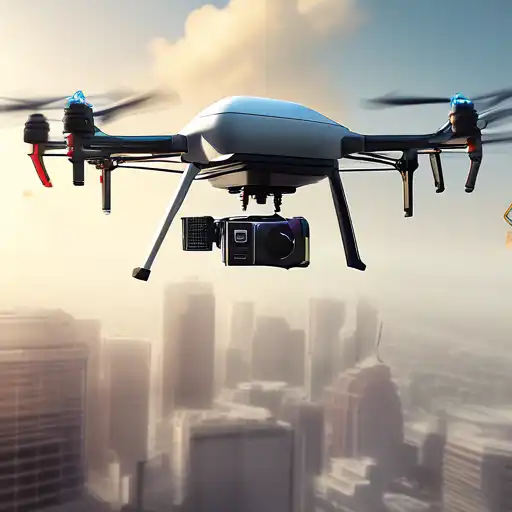Introduction to Commercial Drones
Commercial drones, also known as unmanned aerial vehicles (UAVs), have revolutionized various industries by offering innovative solutions to traditional problems. From agriculture to real estate, and from delivery services to emergency response, drones are making significant impacts. This article explores the opportunities presented by commercial drones and the regulations governing their use.
Opportunities Presented by Commercial Drones
The use of commercial drones spans across multiple sectors, providing efficiency, cost reduction, and enhanced capabilities. Below are some key areas where drones are making a difference:
- Agriculture: Drones are used for crop monitoring, spraying, and surveying, helping farmers increase yields and reduce costs.
- Real Estate: Aerial photography and videography offer unique perspectives of properties, enhancing marketing efforts.
- Delivery Services: Companies are experimenting with drones for delivering packages, promising faster and more efficient service.
- Emergency Response: Drones provide critical support in search and rescue operations, delivering supplies to inaccessible areas.
Understanding the Regulations
As the use of commercial drones grows, so does the need for regulations to ensure safety and privacy. The Federal Aviation Administration (FAA) in the United States, and similar bodies worldwide, have established rules for commercial drone operations. Key regulations include:
- Registration: Most commercial drones must be registered with the relevant aviation authority.
- Pilot Certification: Operators may need to obtain a remote pilot certificate or equivalent.
- Flight Restrictions: Drones are generally prohibited from flying near airports, over people, and beyond visual line of sight without special permission.
- Privacy Laws: Operators must respect privacy laws, avoiding unauthorized surveillance or data collection.
Challenges and Future Outlook
Despite their potential, commercial drones face challenges such as regulatory hurdles, public concern over privacy, and technical limitations. However, advancements in technology and evolving regulations are expected to address these issues, paving the way for broader adoption. The future of commercial drones looks promising, with innovations like autonomous flight and beyond visual line of sight (BVLOS) operations on the horizon.
Conclusion
Commercial drones offer unparalleled opportunities across various sectors, but their use is bound by regulations designed to ensure safety and privacy. As technology advances and regulations evolve, the potential for drones to transform industries is immense. Stakeholders must stay informed about the latest developments to fully leverage the benefits of commercial drones.
